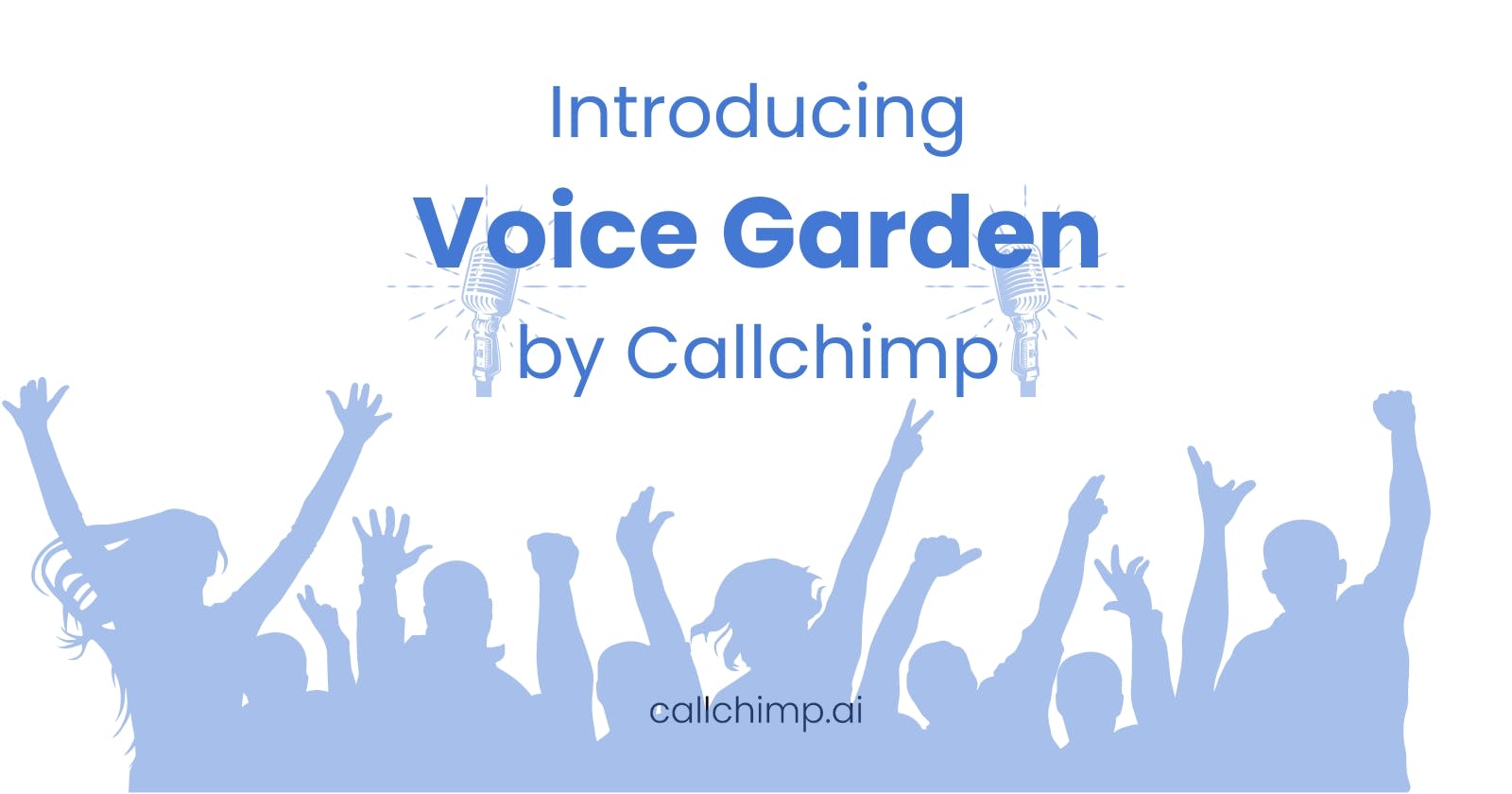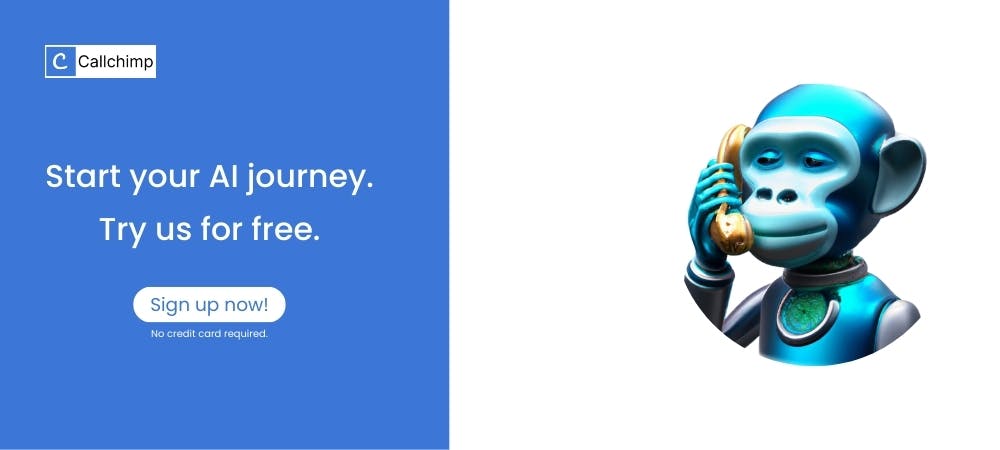Unleashing the Power of CallChimp's "Voice Garden": Exploring Diverse Voices for AI Calling Software
CallChimp, a leading provider of AI calling software, has once again pushed the boundaries with its latest feature: "Voice Garden". This revolutionary addition introduces over 60 diverse voices, spanning both genders, various tones, and accents. But what implications does this hold for the realm of voice AI communication? Let's delve deep into the applications and possibilities unlocked by this groundbreaking feature.
The Evolution of Voice Technology
Voice technology in AI has come a long way since its inception. From robotic and monotonous tones to the lifelike and natural voices we hear today, the journey has been remarkable. The importance of voice diversity cannot be overstated, as it plays a pivotal role in enhancing human-computer interactions, making them more engaging and relatable.
Understanding "Voice Garden"
At the forefront of this evolution is CallChimp's "Voice Garden" feature. This innovative addition offers users a vast array of voices to choose from, each with its own unique characteristics. Whether it's a soothing female voice with a British accent or a jovial male voice with an Australian twang, the possibilities are endless.
Applications of Diverse Voices in AI Calling Software
One of the primary applications of diverse voices in AI calling software lies in enhancing customer experience. By allowing users to select voices that resonate with their target audience, businesses (in, sales or marketing) can personalize interactions and cater to diverse demographics more effectively. Imagine a customer service call where the voice on the other end speaks in the customer's native language with a familiar accent—it's a game-changer.
Improving Accessibility and Inclusivity
Voice diversity also holds the key to improving accessibility and inclusivity in AI communication platforms. For individuals with disabilities, such as visual impairments, natural-sounding voices can significantly enhance the user experience. Moreover, by offering voices in different accents, CallChimp can help break language barriers and make communication more inclusive on a global scale.
Boosting Engagement and Brand Perception
From a marketing perspective, diverse voices can be a powerful tool for boosting engagement and shaping brand perception. By selecting voices that align with their brand identity, companies can create memorable interactions that leave a lasting impression on customers. Whether it's a friendly voice guiding users through a virtual assistant or a professional voice narrating marketing materials, the possibilities for brand-building are endless.
Ensuring Ethical and Responsible Use
Of course, with great power comes great responsibility. CallChimp understands the importance of ensuring ethical and responsible use of its "Garden Voice" feature. Measures are in place to prevent misuse and abuse, safeguarding user privacy and maintaining trust in the platform.
Potential Challenges and Considerations
Despite its immense potential, voice technology also presents its fair share of challenges. Technical limitations, such as ensuring compatibility across different devices and platforms, must be addressed. Moreover, maintaining the accuracy and reliability of voice output remains paramount to providing a seamless user experience.
Future Outlook and Opportunities
Looking ahead, the future of voice technology in AI calling software is bright. As advancements continue to be made, the possibilities for innovation are limitless. From further enhancing voice diversity to integrating other cutting-edge features, the sky's the limit for what CallChimp and other industry leaders can achieve.
Conclusion
In conclusion, CallChimp's "Voice Garden" feature represents a significant leap forward in the realm of AI calling software. By offering a diverse range of voices, the platform opens up new avenues for personalization, inclusivity, and engagement. As we embrace this new era of voice technology, one thing is clear: the future of communication has never sounded more exciting.

